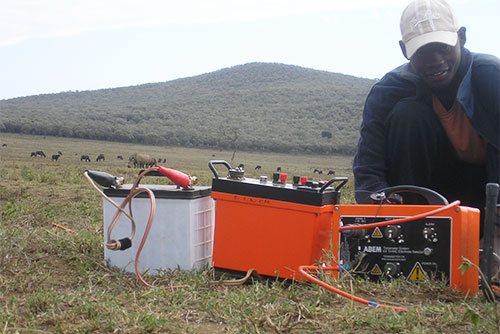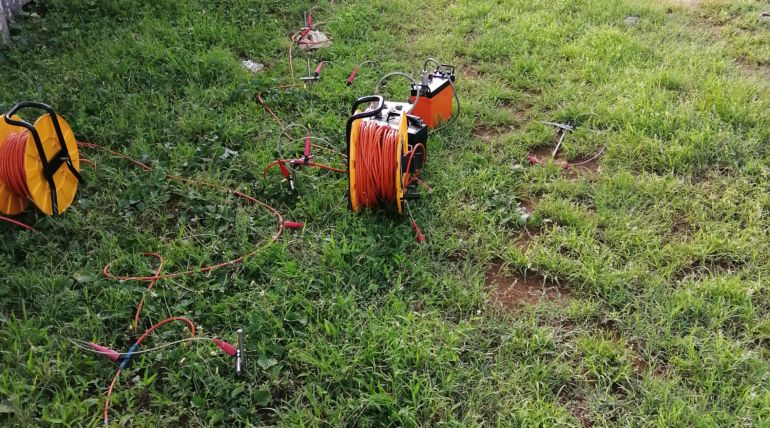We occasionally get requests from supervising geologists, drillers or clients on active drill sites to assist in locating a new site because a site has turned out dry, and would we locate another before the rig demobilises? In such cases, we request for a snapshot of the previous survey data, GPS location of current drill site and extent of area of interest.
After desk analyses, we have often been able to locate successful sites just like that. The key thing in such cases is to understand the recharge potential in the area, groundwater movement and what controls it. We then study the area of interest and see whether any of the controlling factors affect the area of interest. Then follows a very deliberate choice of the likely site as accurately as possible using our guiding philosophy: nature loves symmetry, but holds a few surprises.
We work with the symmetry as far as is possible, and then interface it with the surprise element. This is the most difficult part of the exercise – assigning weights between symmetry and surprise. It’s easier when, after desk studies, the site is visited and site verifications done through geophysical methods. Actually, this is at the essence of all our water site locations – we do it in the office before moving into the field phase, which is usually done for confirmation purposes only. But when this field phase is not possible like with the requests above – we go with our desk choice and advise whether to drill or not.
We have sited this way from our Nairobi HQ for sites across the country and beyond, with good success rate. This forms the basis for desk review studies that we also conduct for humanitarian organisations from relief sites across the globe through our membership in Groundwater International.


